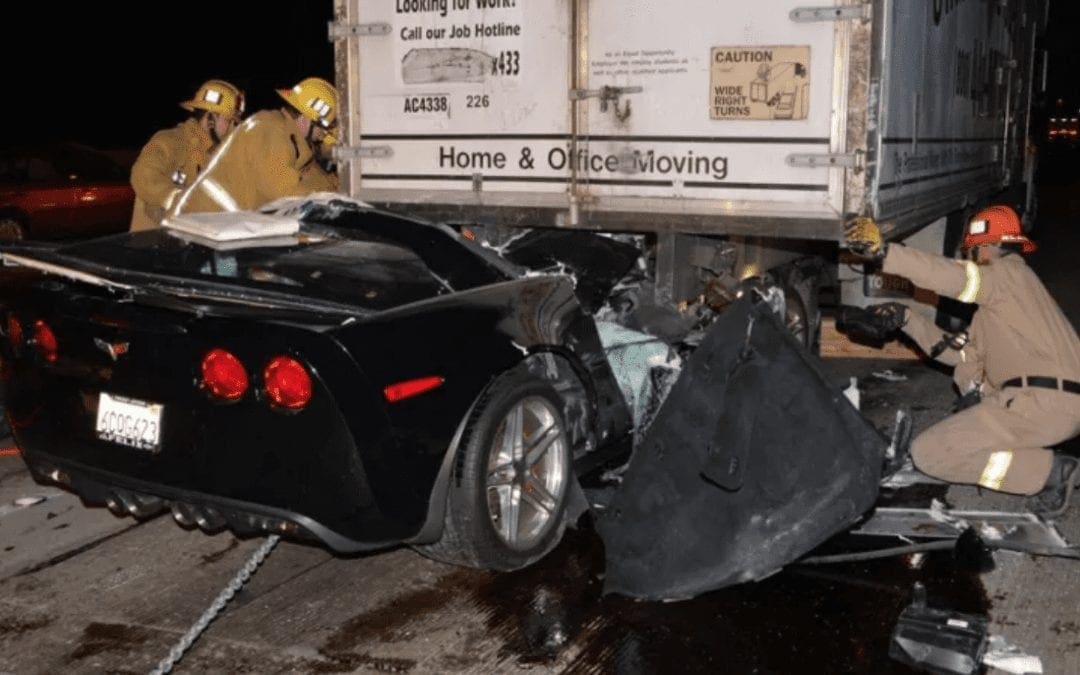Headlamps should be on about an hour before dusk. This makes it easier for you to see as the sun sets, but also makes you more visible to other drivers. Of course, during times of bad weather, consider using your lights regardless of the time of day. Thunder storms, for example, can bring in dark clouds that turn the sky almost as dark as night. You should be courteous enough to make it easier for others to see you. If it is even questionable, why not use your lights? It can’t do any harm, unless it’s a case of using your high beams and making it difficult for drivers you are sharing the road with to be able to see anything.
Avoid following too closely, especially during dark hours and when weather is bad. There are several reasons this is a terrible rule to break during night driving. One is that you make the other driver nervous, which makes him or her more likely to react badly to something in the road and cause a wreck. Also, the closer your headlights are, the brighter they can seem and more distracting they can be. Again, this makes the driver ahead of you nervous and can also limit his or her visibility and end up causing problems. Another reason you should try to increase the following distance between you and the car in front of you is that during the dark, night hours, your visibility in front of the car in front of you is lessened. During the day, you can see and, therefore, react better to things that may be a problem ahead on the road or off to the side. With limited sight distance, you are setting yourself up to have problems.
The best way to avoid an incident at night is to watch for lights and movement and keep checking your mirrors. It is as important to keep an eye out for other cars’ headlights as it is to spot other things, such as cars without headlights. At night it is harder to see animals on the side of the road, children still playing in the street or debris that could already be present or become a problem. Stay alert by checking mirrors regularly enough to be aware of what is happening all around you. That also means being at the top of your game for defensive driving skills. Sometimes, especially at night, it’s more about watching for other driver’s mistakes than having to worry about your own. That said, also make sure you keep your mirrors clean and have them pointed in a direction that will make it easier for you to see but also lose any glare, if possible.
Originally Posted on Idealease Safety Bulletin

